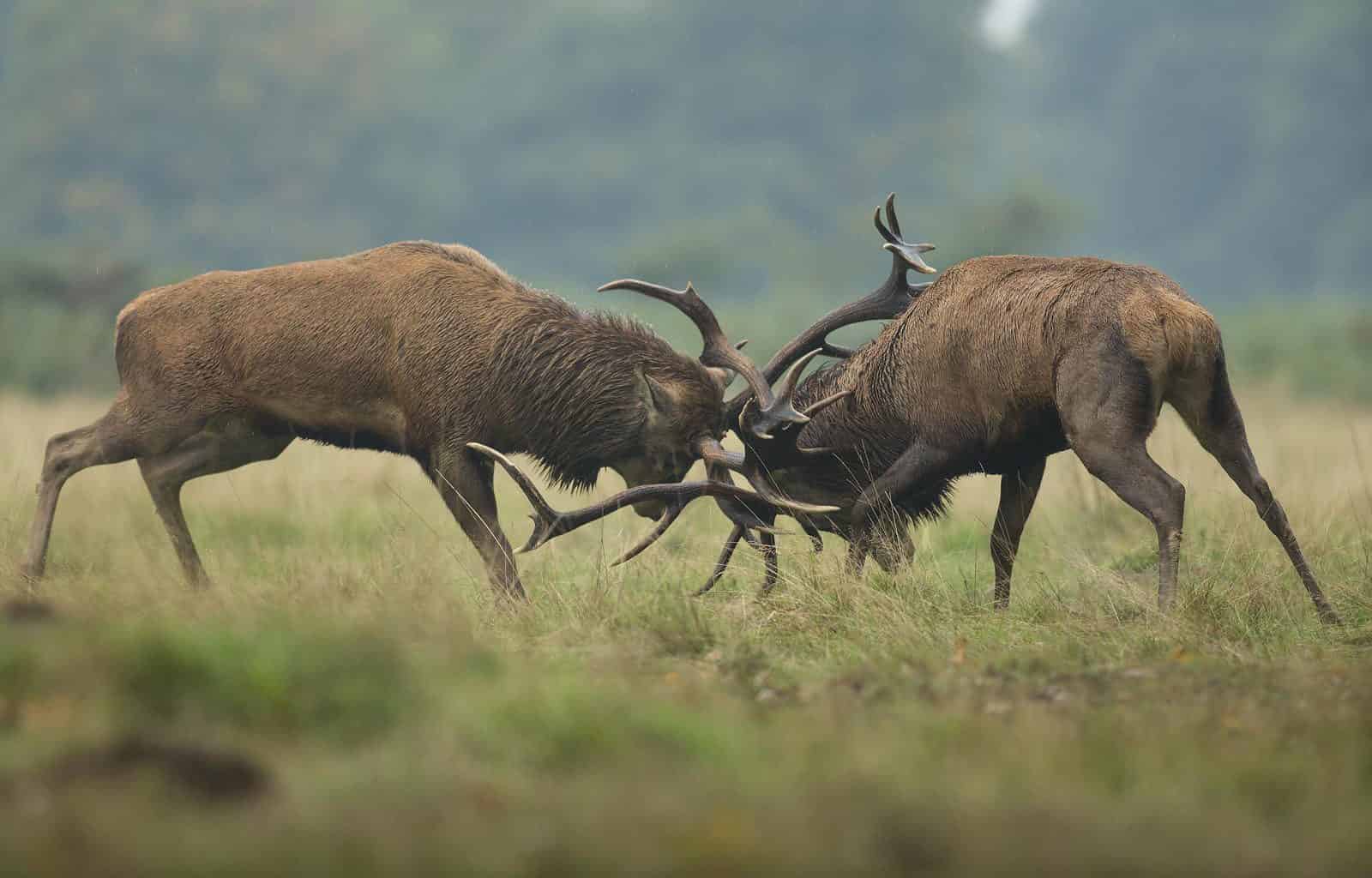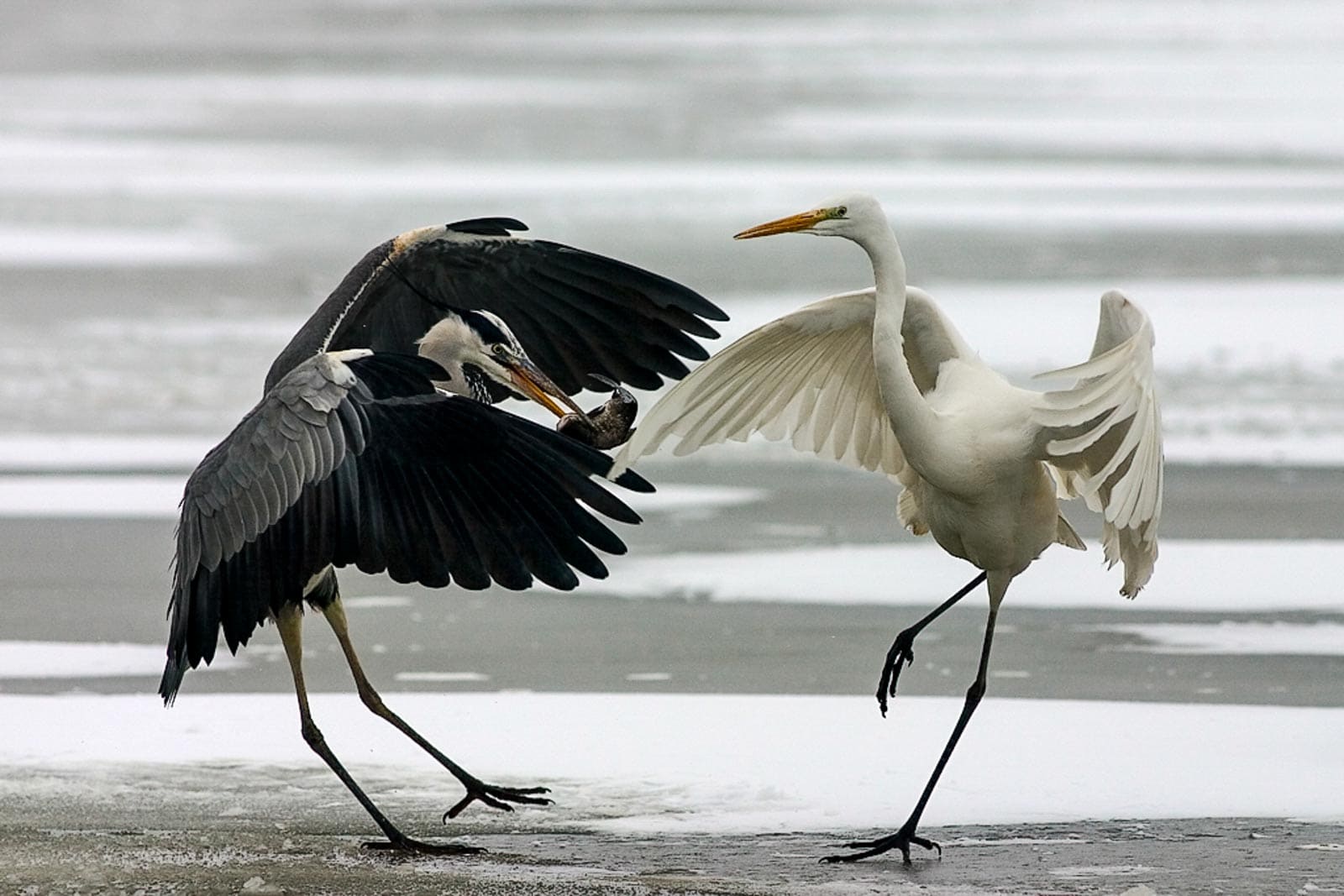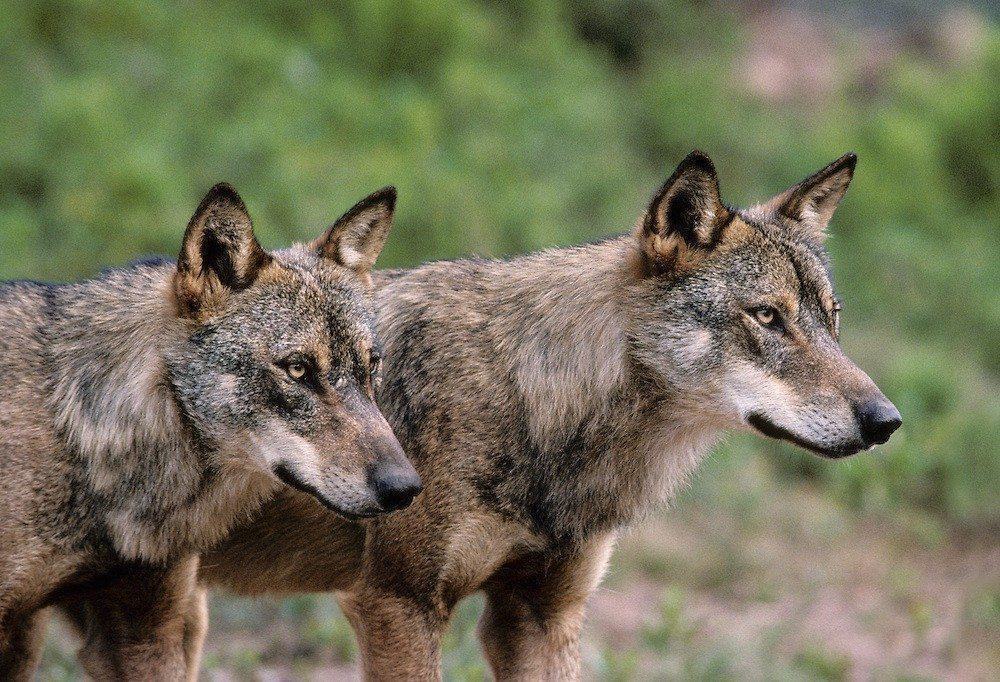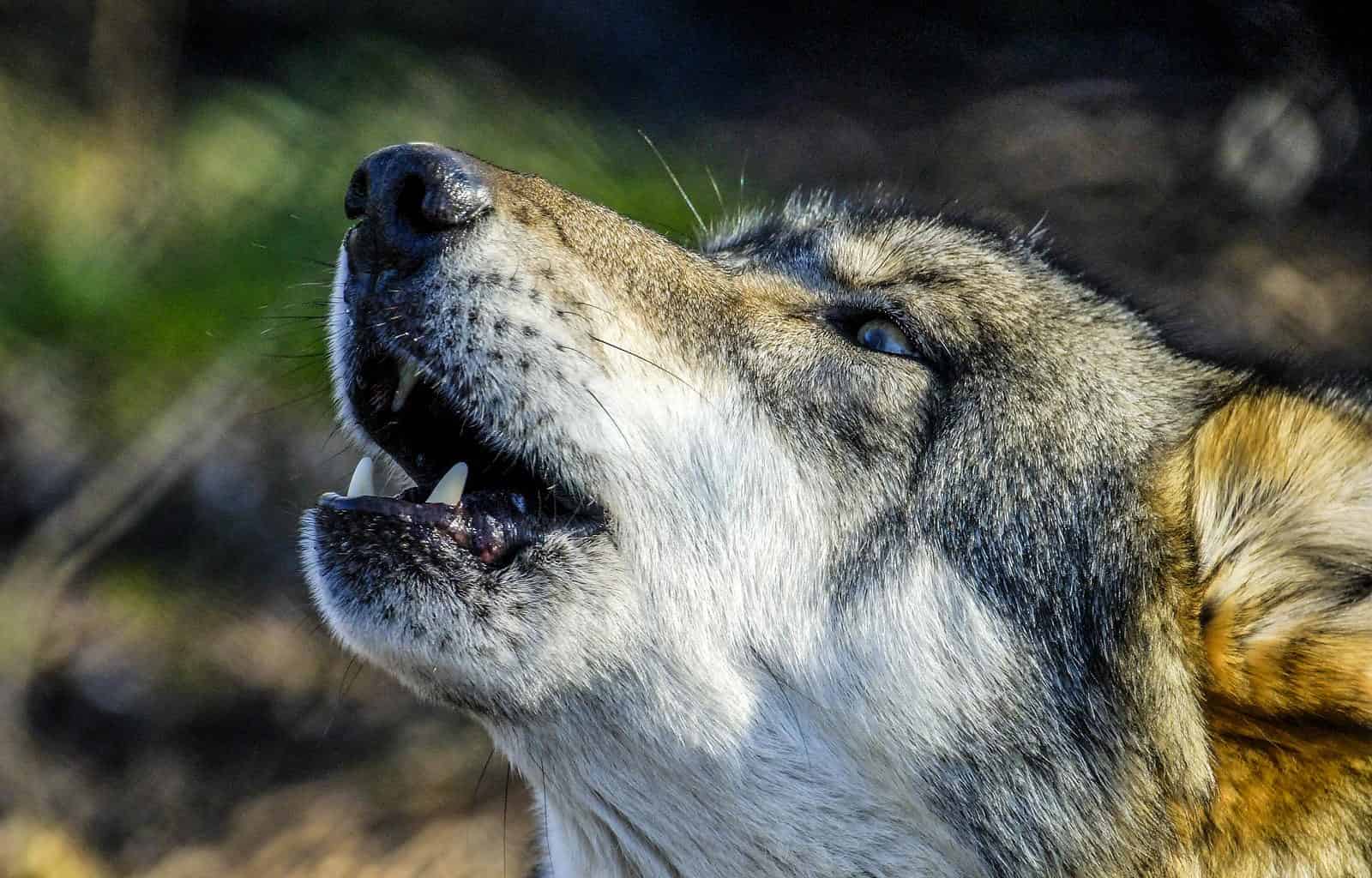Discussing wolf-free zones on ORF TV
European Wilderness Society was invited to the studio of ORF Salzburg Heute for a interview last week. The team and our volunteer visited the studio to discuss the main question and idea to make wolf-free zones in Austria. Just recently, an Austrian environmental association presented a map, indicating areas that are supposedly more or less suitable for wolves. This led again to the question whether it makes sense to talk about wolf- and wolf-free zones in Europe.
Please also read: Is Austria prepared for the comeback of the wolf?
Are wolf-free zones realistic?
The newly published map shows areas in Austria, which are ordered from being not suitable to well suitable for wolves. This idea is more often discussed by politicians, hunters and farmers. Some even claim that the Alps should become a wolf-free zone. But if we think about the concept of zoning wolves in Europe, there is one challenge. Who will explain where a wolf can go or not?
As we can see from the wolf packs in Europe and Austria, they settle not always in areas that people would expect. And that is because the wolf does not care where people think the wolf should live, or where we draw borders. For a wolf it is much more important to find a place where there is enough food. Nowadays, this is almost everywhere, because there are so many roe deer, red deer and wild boar in the forests. For example, the Austria wolf packs, settle in areas that people believe are less suitable for wolves. Did that stop the wolves from settling?
What about our livestock?
There are millions of sheep and goats out in the fields that are not sufficiently protected at this moment. This means that in addition to the abundant wildlife in forests, wolves can also find food on the meadows. If people do not want that to happen, the only solution is to improve livestock management with proper protection measures. There are many examples from countries across Europe that show how electric fences, guarding dogs, shepherds and night enclosures minimise the risk of depredation. The good thing about these measures is, that they will be functional for the long term. Flashing lights, sounds or even rubber bullets are just temporarily effective, which does not solve the situation.
Proper protection costs money
Not everybody is happy with the proposed solution. Improving protection measures costs money, and many livestock owners do not have enough or want to invest in it. As it is also the responsibility of the European countries to ensure protection of the wolf, the countries should also take responsibility to protect livestock. More and more countries seem to realise that they need to make an investment in protection measures. An annual investment of a million euros, depending on the country, would enable many farmers to install and maintain the measures properly.
The number of people in Austria and Europe, which accept that they need investment in protection, is steadily growing. More provincial governments, like in Salzburg, are currently investing in projects to properly inform and provide material to livestock owners. More information on these projects will follow later.
Stay up to date on the Wilderness news, subscribe to our Newsletter!









